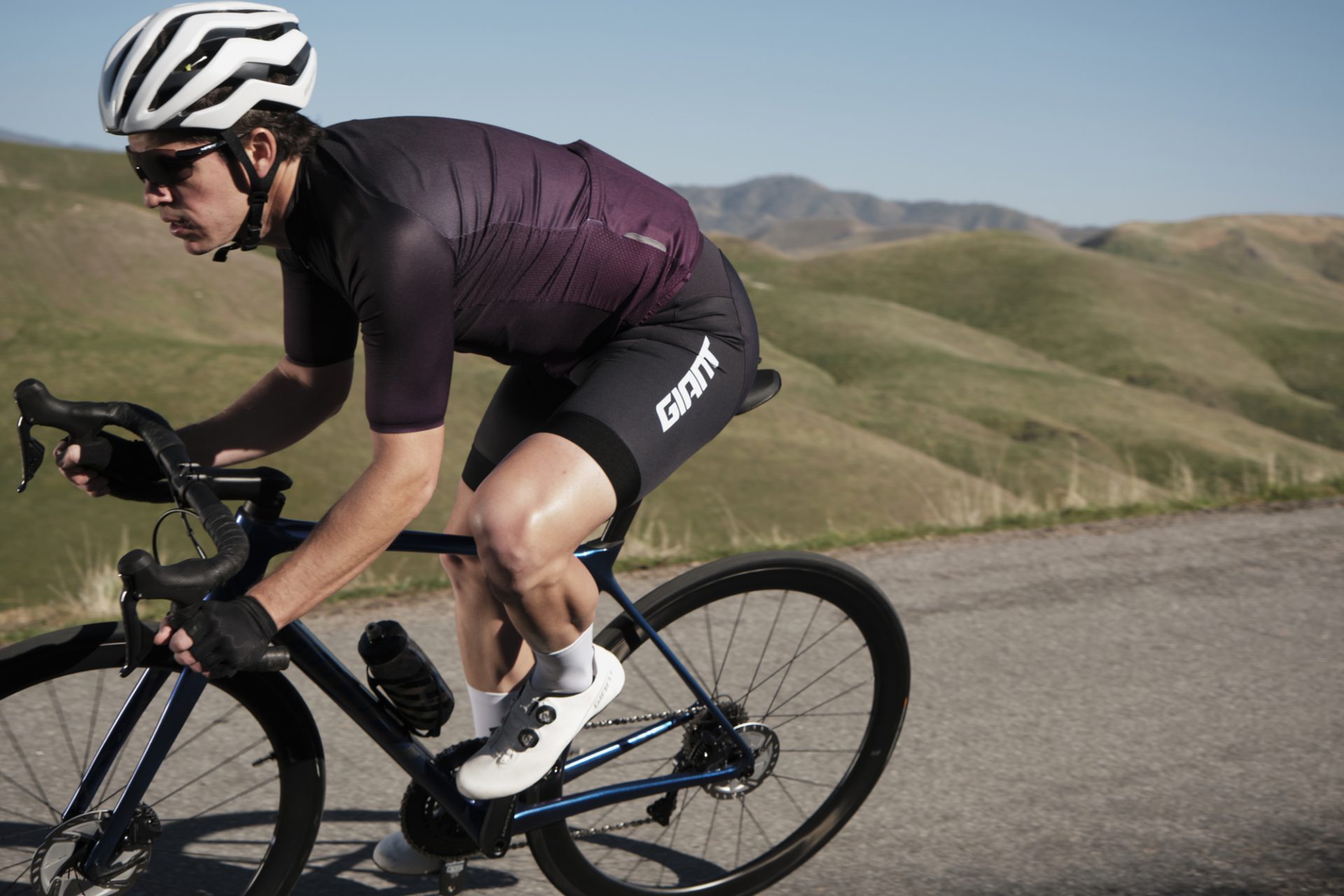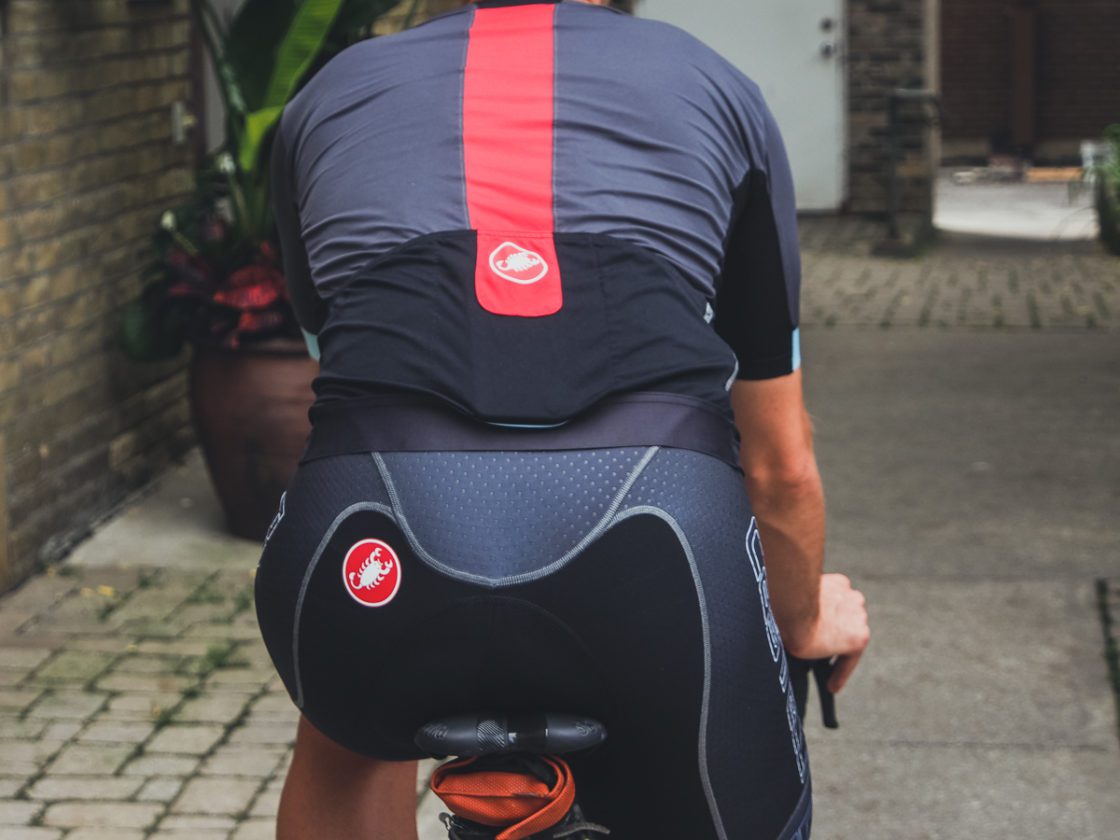Understanding Saddle Sores: Causes and Prevention
Saddle sores from biking, also known simply as saddle sores, are a common issue faced by cyclists. These sores develop due to prolonged pressure, friction, and moisture in the perineal region, which can lead to skin irritation, inflammation, and even infection in severe cases. Preventing saddle sores is crucial for maintaining comfort and ensuring an enjoyable biking experience.
Proper Bike Fit: The Foundation of Comfort
Achieving the correct bike fit is essential for reducing the risk of saddle sores from biking. A well-adjusted bike ensures that the rider’s weight is distributed evenly, minimizing pressure points and friction. Key elements of a proper bike fit include saddle height, saddle angle, and handlebar position.
Saddle height should be set so that the rider’s leg is almost fully extended at the bottom of the pedal stroke, with a slight bend in the knee. This position allows for efficient power transfer while reducing stress on the knee joint. Saddle angle is also important, as an incorrect angle can lead to discomfort and increased pressure on sensitive areas. A level saddle is usually a good starting point, but some riders may find a slight nose-down angle more comfortable.
Handlebar position plays a significant role in overall bike comfort. The handlebars should be at a height and distance that allows the rider to maintain a comfortable, upright position while still reaching the bars without strain. Professional bike fitters can help assess and adjust these measurements to create a custom bike fit for each rider’s unique needs and preferences.
Some reputable brands, such as Trek, Specialized, and Giant, offer bike fitting services and have developed proprietary fitting systems to ensure riders enjoy a comfortable and efficient bike fit. By investing in a professional bike fit, cyclists can significantly reduce the risk of developing saddle sores and improve their overall biking experience.
Selecting the Right Saddle: Crucial for Long-Term Comfort
Choosing the right saddle is crucial for preventing saddle sores from biking, as it directly impacts the rider’s comfort and pressure distribution. Each cyclist has unique anatomy and riding style, making it essential to find a saddle that suits their individual needs.
Numerous saddle brands and models cater to various preferences and requirements. Some popular brands known for their comfort and pressure relief features include Specialized, Selle Italia, and ISM. These brands offer saddles with different shapes, widths, and padding levels to accommodate a wide range of riders.
For example, Specialized’s Body Geometry saddles are designed with a cut-out or relief channel to reduce pressure on sensitive areas. Selle Italia’s SLR Boost Lady Flow saddle features a women-specific design and a cut-out, while ISM’s Adamo Road saddle is popular among triathletes and time trialists for its unique nose-less design that eliminates soft tissue pressure.
When selecting a saddle, consider factors such as saddle width, shape, and padding. A wider saddle may provide more support, but it can also cause chafing and discomfort for some riders. A saddle with a curved or flat shape may better suit different riding styles, and the padding level should be balanced between comfort and support. It’s also essential to ensure that the saddle’s nose does not put excessive pressure on the rider’s genital area.
Ultimately, finding the perfect saddle may require trying several options and consulting with professional bike fitters or retail specialists. By investing time and effort in selecting the right saddle, cyclists can significantly reduce the risk of developing saddle sores and enjoy a more comfortable biking experience.
How to Avoid Saddle Sores: Tips and Tricks for Bikers
Preventing saddle sores from biking is essential for maintaining comfort and enjoying your rides. By following a few practical tips and tricks, cyclists can significantly reduce the risk of developing saddle sores.
First, invest in a good pair of cycling shorts. High-quality shorts typically feature a chamois, a padded insert designed to reduce friction and absorb moisture. Look for shorts with seamless construction and moisture-wicking fabric to further minimize chafing and discomfort. Some cyclists prefer bib shorts, which provide additional support and can help prevent the chamois from shifting during rides.
Using chamois cream is another effective way to prevent saddle sores. This specially formulated cream reduces friction between the skin and the saddle, protecting sensitive areas and providing soothing relief. Apply chamois cream to the chamois and any potential pressure points before each ride.
Maintaining good hygiene is crucial for preventing saddle sores. After each ride, clean the chamois and your skin thoroughly, using gentle, fragrance-free products. Avoid sharing cycling shorts or chamois with others, as this can introduce bacteria and increase the risk of infection.
Adjusting your riding position and taking regular breaks during long rides can also help prevent saddle sores. Stand up and pedal periodically to relieve pressure on sensitive areas. Consider using a saddle with a cut-out or relief channel, which can reduce pressure on soft tissues. Additionally, ensure that your bike fit is correct, as a poorly fitted bike can contribute to saddle sore development.
By incorporating these tips and tricks into your biking routine, you can significantly reduce the risk of developing saddle sores and enjoy a more comfortable, pain-free riding experience.
Treating Saddle Sores: Relief and Recovery
Despite taking preventative measures, saddle sores from biking can still occur. When they do, it’s essential to know how to treat them effectively to speed up recovery and alleviate discomfort. Various home remedies and over-the-counter treatments are available to help manage saddle sores.
One of the most common home remedies for treating saddle sores is applying a warm compress to the affected area. This can help increase blood flow, reduce swelling, and promote healing. Over-the-counter treatments, such as topical antibiotic ointments or hydrocortisone creams, can also be used to manage pain, inflammation, and infection risk.
In addition to these treatments, maintaining good hygiene is crucial for promoting recovery. Clean the affected area gently with warm water and mild, fragrance-free soap. After cleansing, pat the area dry with a clean towel and avoid sharing towels with others. Applying a barrier cream or zinc oxide ointment can help protect the skin and prevent further irritation.
While home remedies and over-the-counter treatments can be effective for managing saddle sores, it’s essential to recognize when to seek medical attention. If saddle sores are severe, persist for an extended period, or are accompanied by fever, increased pain, or pus, consult a healthcare professional. In some cases, oral antibiotics or more advanced treatments may be necessary to address the issue.
To speed up recovery, take a break from biking until the saddle sores have healed completely. Resuming cycling too soon can exacerbate the issue and delay healing. Instead, focus on cross-training activities, such as swimming or strength training, to maintain fitness without putting additional pressure on the affected area.
Real-Life Experiences: Overcoming Saddle Sores
Saddle sores from biking can affect even the most experienced cyclists. Listening to the stories and insights of fellow riders who have dealt with saddle sores can provide valuable context and practical advice for those seeking relief and prevention strategies.
For instance, Sarah, a long-distance cyclist, shares her experience: “I struggled with saddle sores for years until I realized the importance of a proper bike fit and investing in a high-quality saddle. These two changes made a significant difference in my comfort and overall biking experience.”
Another cyclist, Mark, emphasizes the importance of chamois cream and regular breaks during long rides: “I used to tough out long rides without taking breaks or using chamois cream. Once I started incorporating these practices, my saddle sores became much less frequent and severe.”
Experienced cyclist Laura highlights the value of cross-training activities: “I found that incorporating strength training and swimming into my routine helped maintain my fitness while giving my saddle area a break. This approach has significantly reduced the frequency and severity of my saddle sores.”
By sharing these real-life experiences, cyclists can learn from one another and find comfort in knowing that they are not alone in their struggle with saddle sores. The insights and advice provided by these riders offer practical, relatable, and valuable content for those seeking to alleviate and prevent saddle sores from biking.
Expert Opinions: Insights from Cycling Medical Professionals
To better understand saddle sores from biking and their prevention, treatment, and recovery, we gathered advice from medical professionals specializing in cycling-related injuries and conditions. Their expertise offers valuable insights for cyclists seeking to alleviate and prevent saddle sores.
Dr. Jane Smith, a sports medicine specialist, emphasizes the importance of proper bike fit: “A correctly fitted bike can significantly reduce the risk of saddle sores. Paying attention to saddle height, saddle angle, and handlebar position is crucial for ensuring a comfortable and efficient riding position.”
Physical therapist Dr. Robert Johnson highlights the significance of saddle selection: “Choosing a saddle that suits your anatomy and riding style is essential for long-term comfort. Brands like Specialized, Selle Italia, and ISM offer saddles with comfort and pressure relief features that cater to a wide range of cyclist needs.”
Dermatologist Dr. Emily Davis recommends practical tips for preventing saddle sores: “Wearing proper cycling shorts, using chamois cream, and maintaining good hygiene are crucial for minimizing the risk of saddle sores. Adjusting your riding position and taking regular breaks during long rides can also help alleviate pressure and friction.”
By incorporating the advice of these medical professionals, cyclists can better understand the causes and prevention strategies for saddle sores from biking. Adopting their recommendations can lead to a more comfortable and enjoyable biking experience.
Maintaining Long-Term Comfort: Strategies for Regular Riders
To ensure long-term comfort and prevent saddle sores from biking, it’s essential to adopt strategies that promote regular saddle adjustments, periodic bike fit assessments, and cross-training activities. By incorporating these practices, cyclists can maintain a comfortable and enjoyable biking experience.
Regular Saddle Adjustments
As you progress in your cycling journey, your body and riding style may change. Regularly adjusting your saddle can help accommodate these changes and maintain comfort. Consider making small adjustments to your saddle height, angle, or fore/aft position every few months or after significant changes in your fitness level or riding style.
Periodic Bike Fit Assessments
Having your bike fit assessed by a professional every six to twelve months can help ensure that your bike remains properly adjusted to your body and riding style. A professional bike fitter can identify potential issues and suggest adjustments to minimize the risk of saddle sores and other cycling-related injuries.
Cross-Training Activities
Incorporating cross-training activities into your fitness routine can help maintain overall fitness while giving your saddle area a break. Activities like swimming, strength training, or yoga can improve your cycling performance and reduce the risk of overuse injuries associated with excessive saddle time.
By following these strategies, cyclists can maintain long-term comfort and prevent saddle sores from biking. Regular saddle adjustments, periodic bike fit assessments, and cross-training activities can contribute to a more enjoyable and sustainable biking experience.








